A Guide to Navigating Japan's Setouchi Triennale
“The festival inspires people to notice the islands,” says Taiwanese artist Wang Wen-Chih. He’s walking me through his artwork, Love in Shodoshima, a magnificent woven bamboo structure, one of the many installations which is in the process of being erected on the island of Shodoshima ahead of the Setouchi Triennale, a nine-month art fair that transpires across the islands of Japan’s Seto Inland Sea. First established in 2010, the Triennale runs every three years, and since its inception has grown exponentially. This year, over one million people are expected to attend. “The festival is important for the local people, as well as the local economy,” says Wen-Chih, who is partaking in the fair for the third time.
The Seto Inland Sea’s islands may have become known for their art offerings, but they present so much more than just that. Cloaked with wild vegetation and cherry blossom trees that bloom in early spring and surrounded by swirling aquamarine waters, the islands are peaceful and beautiful. Though many of them were industrialized during the country’s rapid growth (many of the towns have looming ports and commercial buildings), a collection of locals (namely billionaire businessman Soichiro Fukutake) have made it their mission to turn these forgotten islands into artistic attractions. The islands’ most desirable drawing cards? The Teshima Art Museum, Benesse House Museum (which has works by Basquiat and Hockney), Chichu Art Museum (which features works from Monet’s "Water Lilies" series), and, of course, the Setouchi Triennale. Now, the islands are high up on the tourist map. “It filters into the economy and helps the older people [who live here] feel a new energy,” says Wen-Chih.
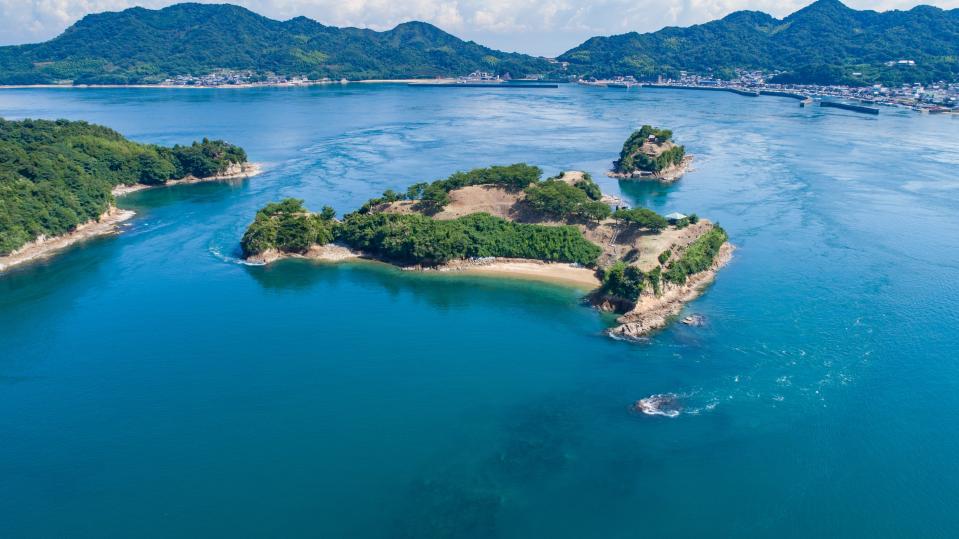
Noshima in Seto Inland Sea, Japan
Wondering if you can swiftly visit 12 art islands in a few days? Here’s how.
Know before you go:
How do you even get there?
United offers direct flights from New York and Los Angeles to Tokyo. Then, from Tokyo, it’s a short 1.5 hour flight with partner airline ANA directly into the main city of Takamatsu.
Then what?
Lock in your dates! The fair occurs over nine months in three parts: April 26–May 26, July 19–August 25, and September 28–November 4. There are 12 islands involved, connected by ferries that leave from the various ports throughout the day. Once on the islands, the best way to get around is by bus (these can be infrequent), walking (this can be time consuming), or biking (bikes are usually available for rent at the port). Because endless vacation days aren’t available to all of us, consider selecting a few islands to highlight. You can either stay on the islands or make Takamatsu, the main port city on Shikoku Island, your base. Auberge de Oishi, a French-style hotel set in a Brutalist building on the water in Takamatsu, is a short cab ride from the main port where ferries run all day. It sounds daunting: figuring out the ferry schedule for 12 different islands and visiting numerous art sites, all in a language you probably don’t speak. For those who want the swiftest possible travel option, InsideJapan offers group-itinerary guided visits and self-guided adventures mapped out by expert guides. They also offer a Ferry Passport, for which they help reserve and arrange ferry transportation between the islands. For the intrepid traveler, the Setouchi Triennale has an official app and website with loads of nitty-gritty details regarding ferry times, entrance fees, etc.
Short on time? Whatever you do, don’t miss these islands:
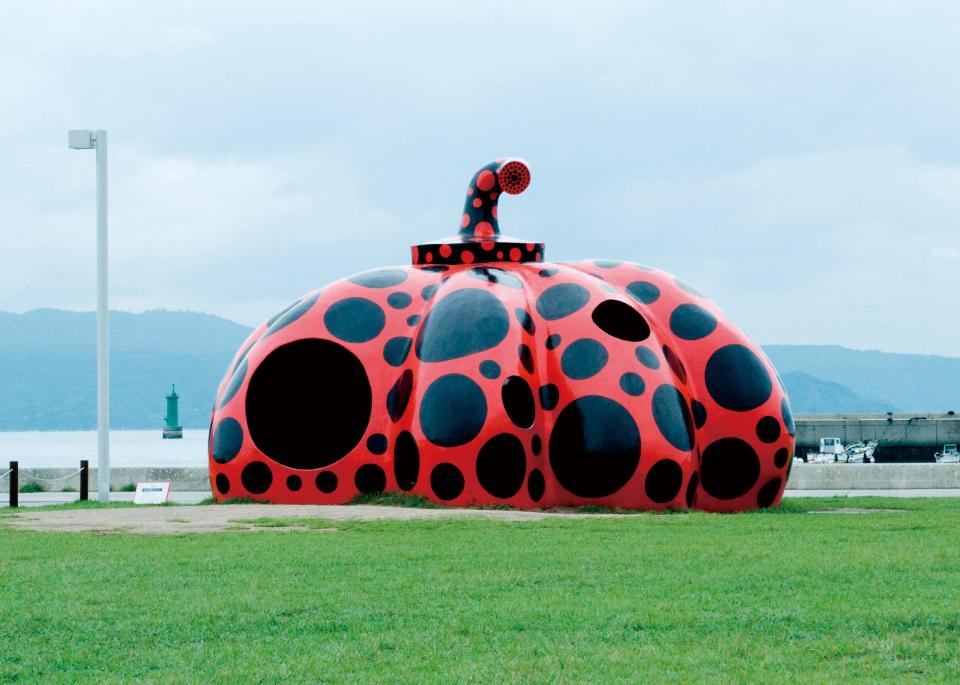
Naoshima
Ever seen an image of Japanese artist Yayoi Kusama’s red pumpkin set against a shockingly blue ocean? That would have been taken on the island of Naoshima, the Seto Inland Sea’s cash cow. Even out of festival season, people flock to Naoshima to see the impressive Benesse House museum, Chichu Art Museum, and Ando Museum, majestic cement buildings designed by starchitect Tadao Ando. Walking or biking around the island is recommended because there are so many cultural elements to see. Staying over? Book into the exclusive Benesse House, which is connected to the museum and has jaw-droppingly good views of the glimmering sea.
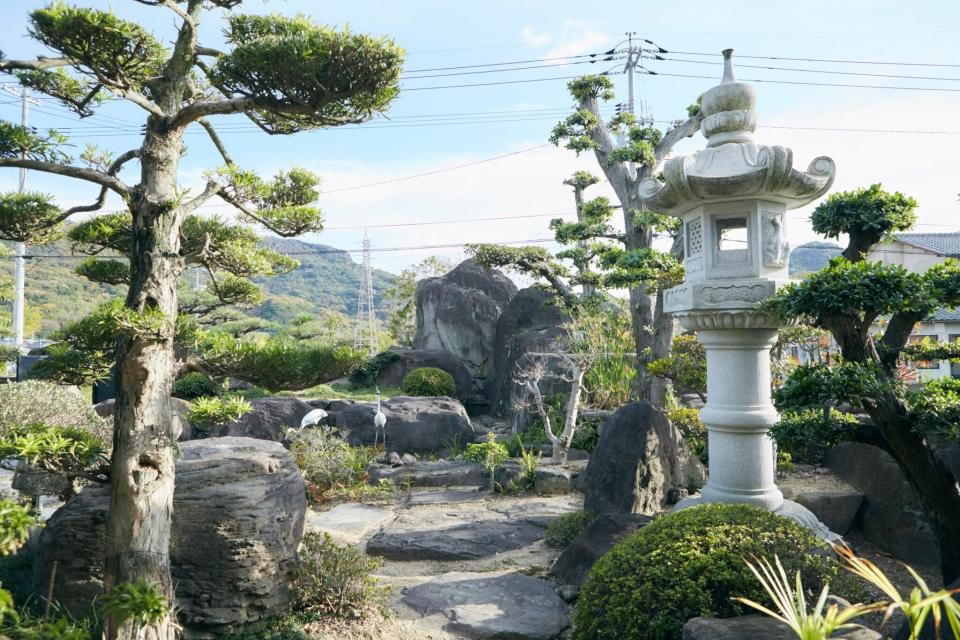
Teshima
The Teshima Art Museum, a wispy gray curved building that effortlessly settles into Teshima’s green landscape, is the number one reason to visit the island. That, and Shima Kitchen, a restaurant located in an old vacant house that was redesigned by Atelier Ryo Abe Works. Here, diners feast on local produce created by locals while watching shows and musical concerts. In Teshima’s port area, guests can stay at Yui, a simple Muji-like inn opened by Keiko Tada, who left Tokyo in search of a simpler life. Biking and walking are the recommended modes of transport here, but know that the island is hilly, so electric bikes are a must.
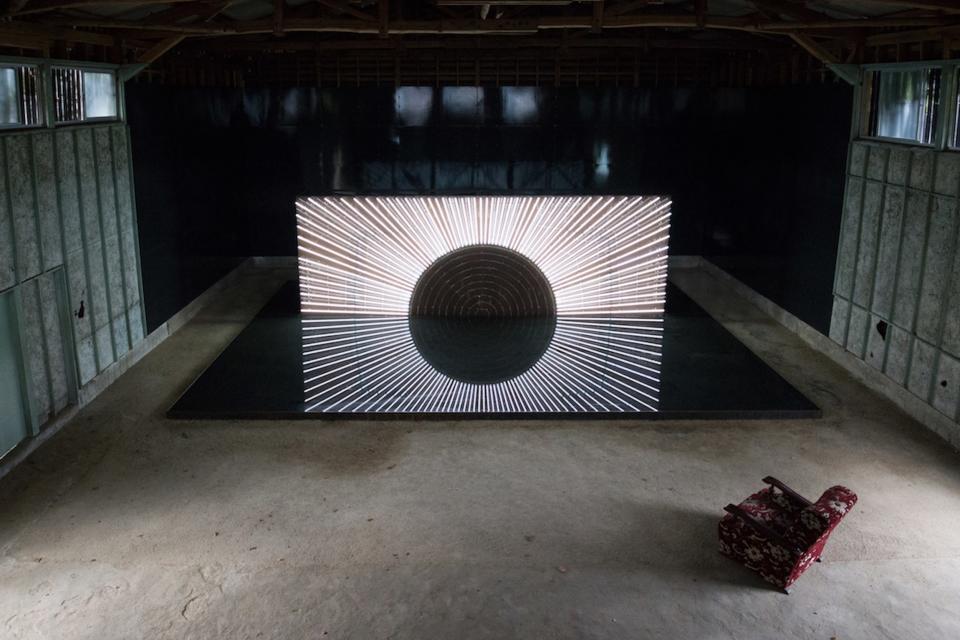
Shodoshima
Shodoshima is better known as Japan’s soy sauce and olive-producing island (it’s the only place in Japan that can grow olives) than an art island, but it's also swarming with various installations by artists from the region (the locations of the installations can found in the guide book). The island is more built up that Naoshima and Teshima, but can still be traveled by bus and bike. Stay over at Island Ryokan Mari, a traditional ryokan that has baths (communal and private) and offers a quintessential Japanese lodging experience.
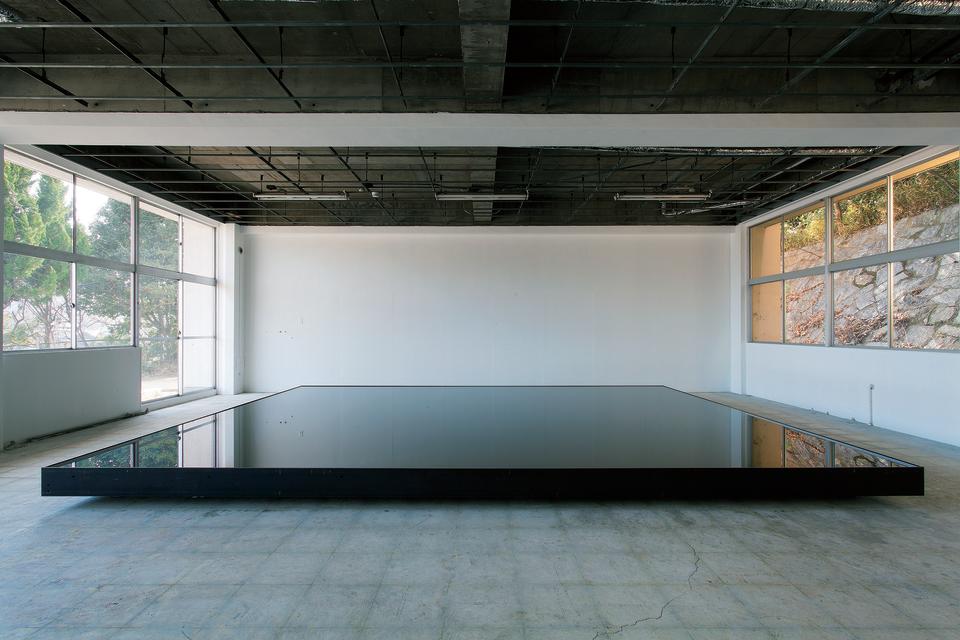
Momoshima
Momoshima isn’t technically part of the Setouchi Triennale, but if you’re traveling all the way to the Setouchi region, it should be marked on your itinerary. A short ferry ride (approximately 30 minutes) will get you from the port town of Onomichi in Hiroshima to the tiny island of Momoshima, which has a dwindling population of 300 residents. Once you're off the ferry, it’s a short ten-to-15-minute walk to Art Base Momoshima, a multidisciplinary gallery opened in an old high school by Japanese artist Yukinori Yanagi. There are next to no restaurants on the remote island, but the gallery has a quaint café. Oh, and be sure to call ahead (ask InsideJapan or your hotel to do so). Accommodation is limited, so while the gallery works on its small guesthouse (it will open next year), stay at Hotel Cycle, a cyclecentric hotel in the cool U2 lifestyle development in Onomichi, which offers moody, masculine rooms that look over the waterfront.

